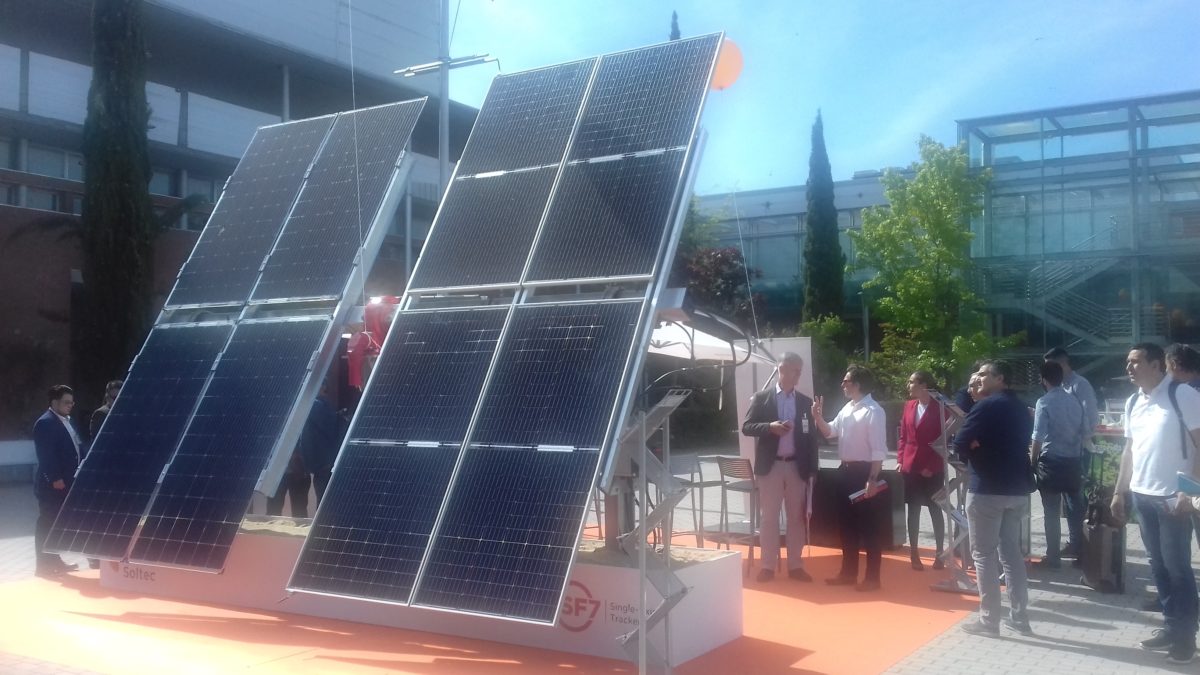SolarPower Europe’s initial estimates for 2019 suggest the 28 member states of the European Union are poised to have added 16.7 GW of PV to the grid this year, for an astonishing year-on-year increase of 104%.
Spain has been at the forefront of capacity growth this year and is on track to have added 4.7 GW, according to the trade body’s first EU Market Outlook for Solar Power report. Germany is poised to have added 4 GW in 2019, followed by the Netherlands, with 2.5 GW, and France, with 1.1 GW.
“Solar in the European Union is thriving,” said SolarPower Europe CEO Walburga Hemetsberger. “We have entered a new era of solar growth.”
The trade group’s preliminary statistics suggest the European solar industry could be on track for its best year since 2010, as EU member states push to hit binding national renewables targets for 2020. As the industry group noted, 26 of the 28 EU member states are on track to install more PV this year than they did last year, largely on the back of cost-competitiveness, with solar often the cheapest option for new energy capacity, the organization claimed.
Solar outpaced other generation installs
By the end of the year, the EU is expected to have 131.9 GW of cumulative installed solar capacity, up 14% year on year, the statistics suggest. SolarPower Europe noted more new PV capacity was built on the continent this year than any other electricity generation technology.
While Spain is leading in terms of new capacity – a crown it has not held since 2008 – SolarPower Europe singled out Poland for its impressive growth. The organization expects the country’s installed solar capacity to have quadrupled this year, to 784 MW.
The trade group expects strong growth in the years ahead as EU member states have already started preparing to achieve compliance with the European Commission’s 32% renewables by 2030 target.
Michael Schmela, executive adviser and head of market intelligence for SolarPower Europe, described the years ahead as “looking truly phenomenal for solar deployment in Europe”. He said the EU is on track to add as much as 21 GW of new solar next year, and 21.9 GW in 2021. “The record-breaking year is expected to be 2022,” he added, “with an anticipated all-time high of 24.3 GW of installations, and again in 2023, with 26.8 GW of newly installed solar capacity.”
SolarPower Europe is scheduled to publish its final statistics for 2019 – as well as a new five-year PV demand forecast – at the Intersolar Europe trade fair in Munich in June. Earlier this year it predicted full-year global PV capacity additions for 2019 would hit 128 GW.
This content is protected by copyright and may not be reused. If you want to cooperate with us and would like to reuse some of our content, please contact: editors@pv-magazine.com.



There can be no better proof of the brutal braking effect of the “Lex Solarworld” tariffs 2013-2018. Solarpower and the SAFE initiative were therefore more than right with their forecasts (a boom after the tariffs expire).
For years, these tariffs have put an extreme brake on climate protection and the development of the industry. Several thousand jobs in the value chain have been destroyed as a result.
And the beneficiaries of the tariffs, such as Solarworld, have made exactly nothing of it.
Fortunately this is history – we are happy about the growth which will surely continue and the many new jobs which have already been created in the EU.